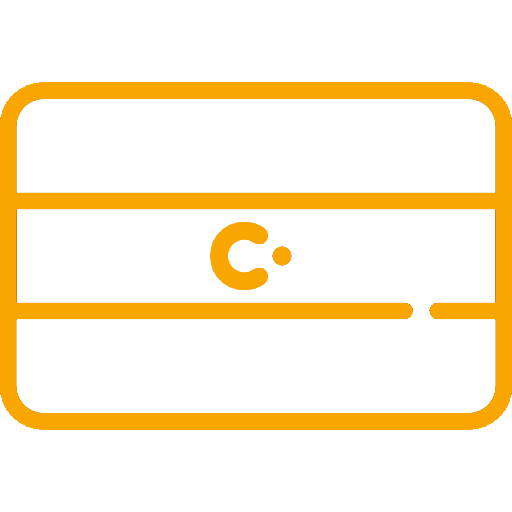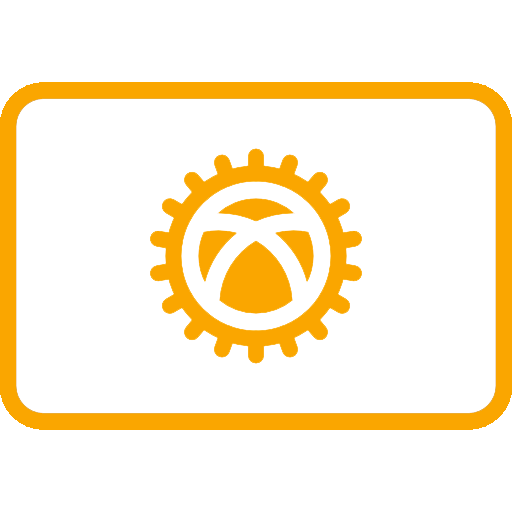
Translation Process
A multinational fast-moving consumer goods (FMCG) company needed to localise the labels and packaging for their entire product line of personal care items, including soap, deodorant, toothpaste, toothbrushes, and shower gel. The company needed the labels and packaging to be translated from English into eight languages: Russian, Ukrainian, Kazakh, Uzbek, Kirgiz, Armenian, Georgian, and Azerbaijanian. The yearly volume of orders was over SKUs. The company appointed an account manager and a team of translators and revisors to complete the project. The translation process began with the appointment of an account manager. The account manager was responsible for coordinating the project, ensuring that the project was completed on time, and liaising with the client. The next stage involved casting a team of translators. Two translators were assigned to each language pair. The translators were selected based on their language skills, subject matter expertise, and experience in translating packaging and labels. Once the translation was completed, the next stage involved the appointment of a team of revisors. The revisors were responsible for reviewing and proofreading the translations to ensure that the content was accurate and free from errors. The revisors were also responsible for checking the translations against the original English text to ensure that the meaning was conveyed accurately.

Challenges
The localisation of labels and packaging posed several challenges. The first challenge was the volume of work. With over 1000 SKU to translate, the project required a significant amount of resources and coordination. The second challenge was the complexity of the translations. The labels and packaging for personal care items contained technical terms and specific product information that needed to be translated accurately. Another challenge was the diversity of the target languages. The translators needed to be fluent in the target languages and understand the cultural nuances and linguistic differences of each language. The revisors also needed to be proficient in the target languages to ensure that the translations were accurate and appropriate for each target market.

Conclusion
Despite the challenges, the localisation of labelling packaging project was completed successfully. The translated labels and packaging accurately conveyed the information for each personal care item, allowing the company to expand its reach into new markets. The project demonstrated the importance of selecting qualified translators and revisors, coordinating resources and timelines effectively, and understanding the linguistic and cultural differences of each target market.
















